
The Rise of Lazy Leadership
I have seen many intelligent and hardworking leaders with good intentions become lazy. Such leaders do not shy away from performing their duties but they

I have seen many intelligent and hardworking leaders with good intentions become lazy. Such leaders do not shy away from performing their duties but they
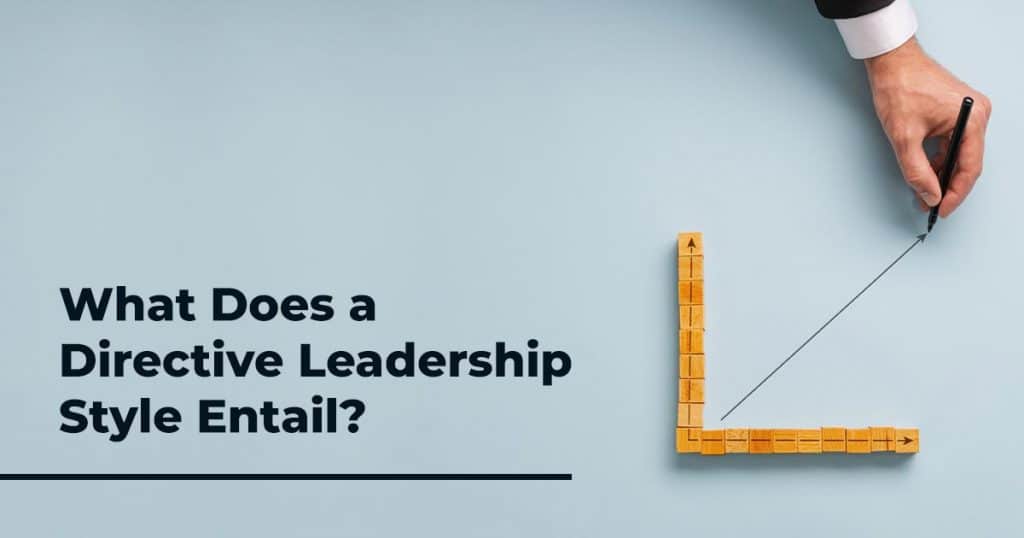
Directive leadership is one of the more common leadership styles, where the leader instructs his followers precisely what to do and how to do it.

As a leader, how often do you find yourself being the smartest person in the room? Is it sometimes, most of the time, or is

While conventional forms of leadership are all about control, servant leadership places the needs of other people first and looks to transfer some of the

In recent times, within business circles, the “participative leadership” concept has become a catch-phrase. If you follow company blogs about leadership, then you have most
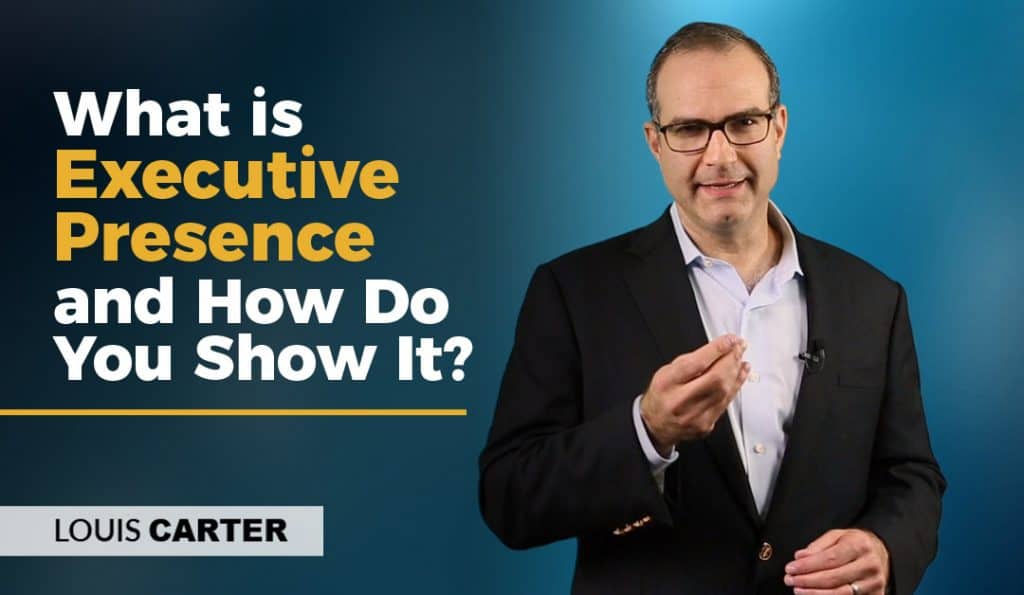
Have you ever known a person who exudes leadership qualities the moment they walk into a room? You instinctively know that this individual is in

Laissez-faire is a French word that translates into English as “leave alone“. This implies letting things thing happen without any interference. Therefore, a laissez-faire leader

Each style of leadership has a specific focus area. For example, some forms of leadership, such as democratic leadership, emphasize people’s growth while others, like
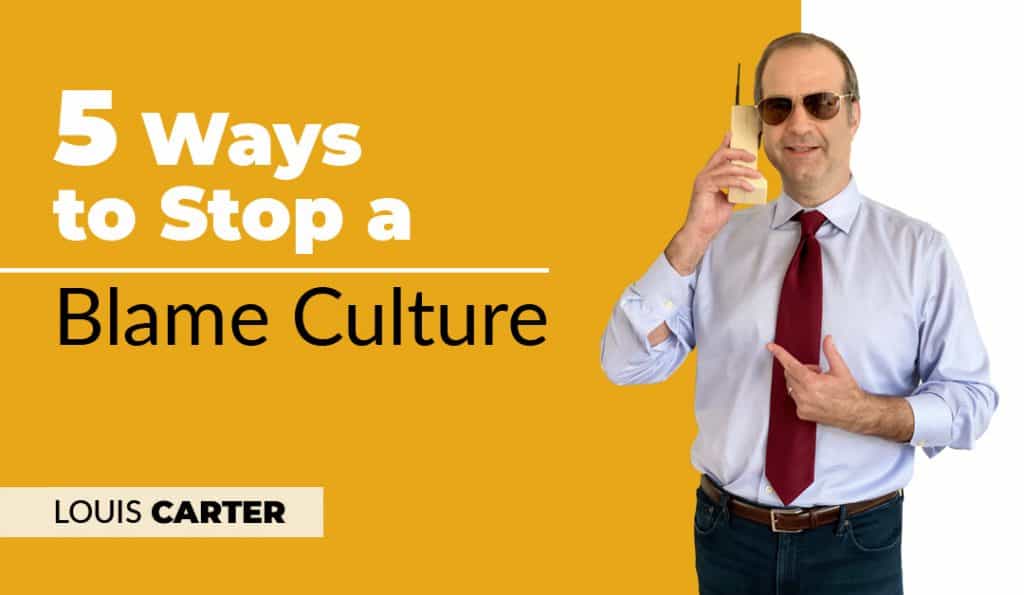
A blame culture manifests when employees pass responsibility to others for mistakes or lack of accountability. Blame cultures reinforce themselves when managers blame direct reports

The autocratic leadership style, usually seen in big bureaucratic institutions, is also found in some small and medium sized companies with other organizational structures. This
Organizational change often fails, not because of poor ideas, but because of emotional resistance and misalignment. At Louis Carter, we help you tackle the human side of change head-on. From silos to fear of the unknown, we identify what truly holds your team back and replace resistance with purpose. Our proven methodology empowers leaders to create emotionally connected, high-performing workplaces where change isn’t feared, it’s embraced.

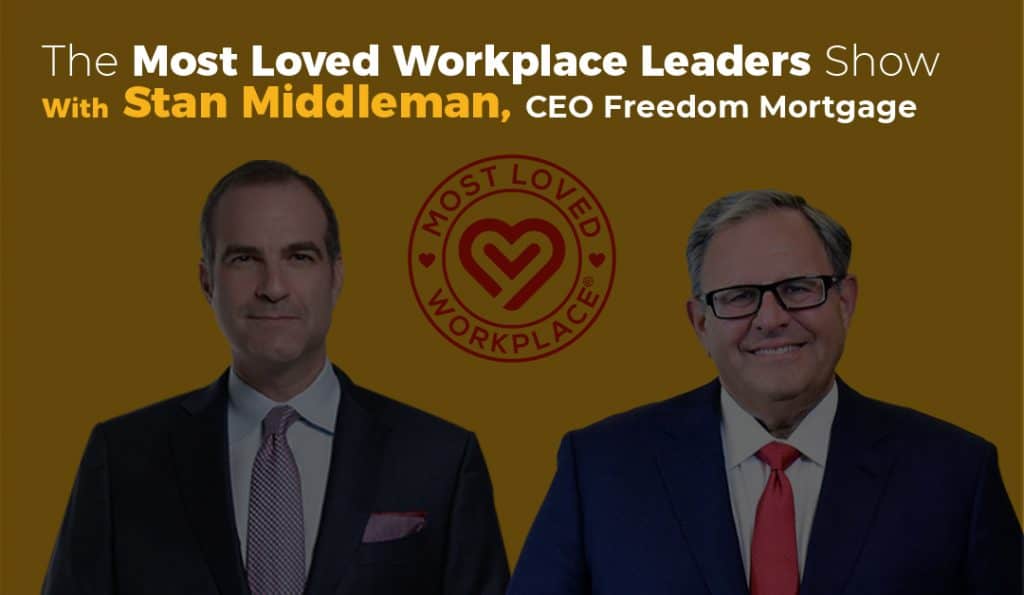
Stanley Middleman is the founder and Chief Executive Officer of Freedom Mortgage Corporation, a national, full-service mortgage banker headquartered in Mount Laurel, NJ. The company is ranked in the top 10 mortgage originators nationally.

A good manager takes charge of their team. A great manager takes the lead. Recognizing what needs to change is the first step in transitioning from a good manager to a great one. Managers who
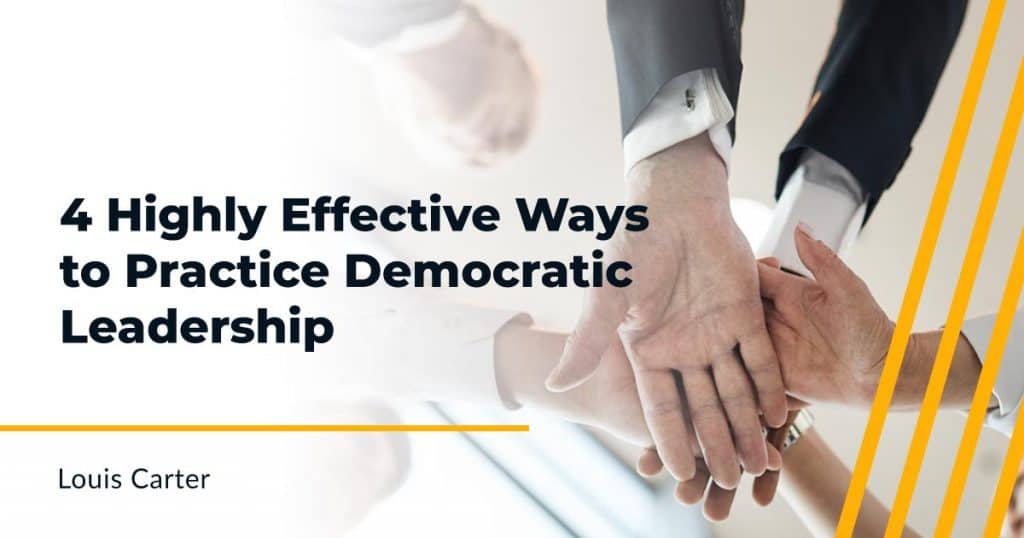
Work is a social construct. Since labor moved from the cottage, forest, and field, we have struggled to understand the relationship among work, workers, and workplaces. This dynamic drives a world feeling its way through

A transactional leader prefers to lead with order and structure. They are likely to be in charge of military operations, large enterprises, or global projects with rules and regulations for meeting deadlines or moving personnel

Throughout history, certain individuals have stood out not only for their achievements but also for the way they inspired people to believe in something greater. These are the leaders who left behind more than political

If there is one thing that COVID revealed as it relates to the world of work, some employees can be productive working outside the office. However, is a fully remote schedule best for every worker
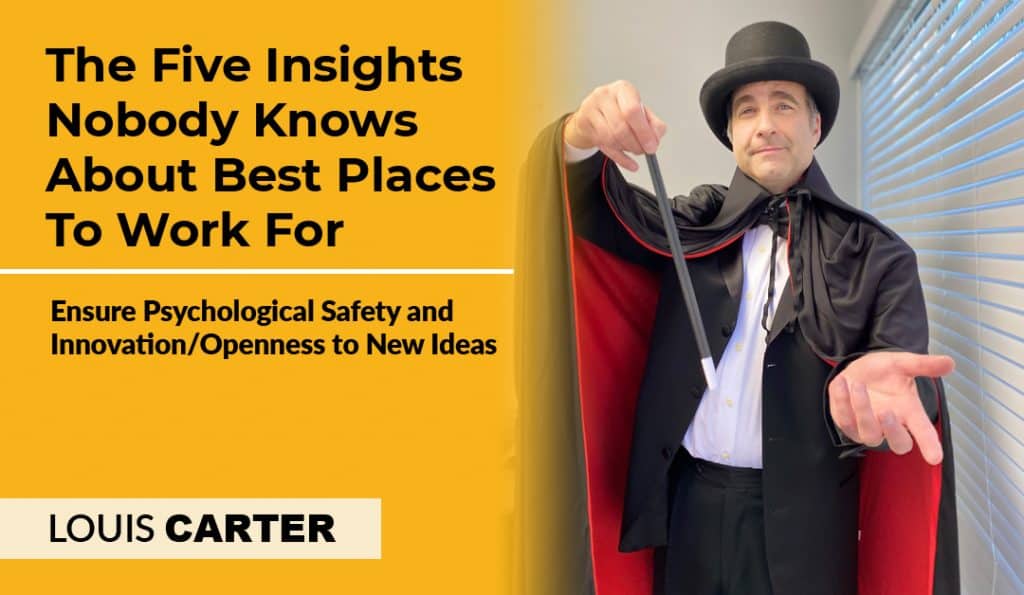
Employees are the most valuable asset possessed by a business. It is easy for a company’s most valuable asset to lose motivation when they only get a fixed income in exchange for their efforts. It
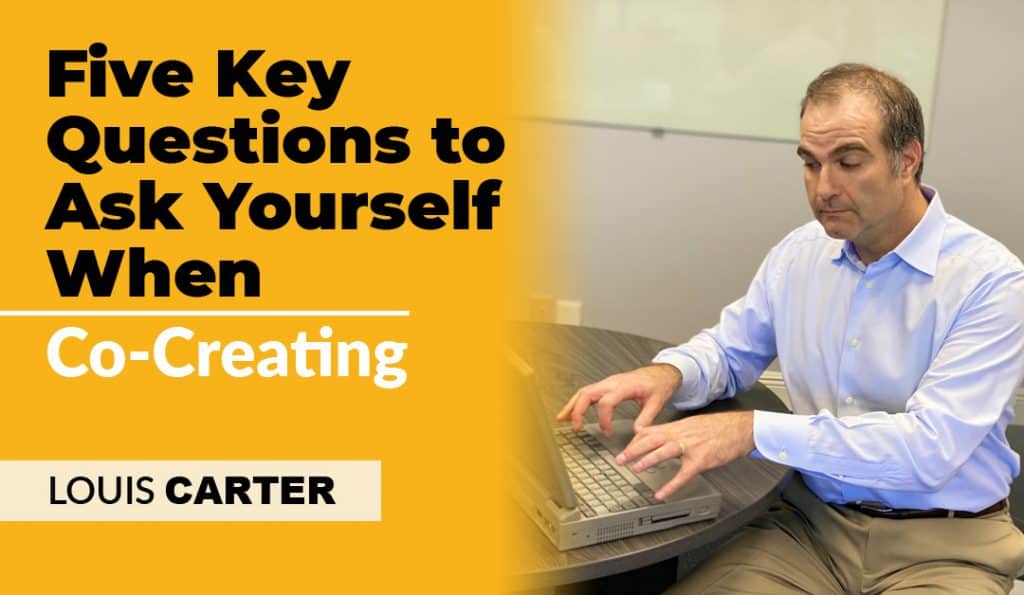
When it comes to involving others to co-creating, get in the mindset of putting others first. Focus on the design of the communication to get your best innovations. To get there, consider the following questions.
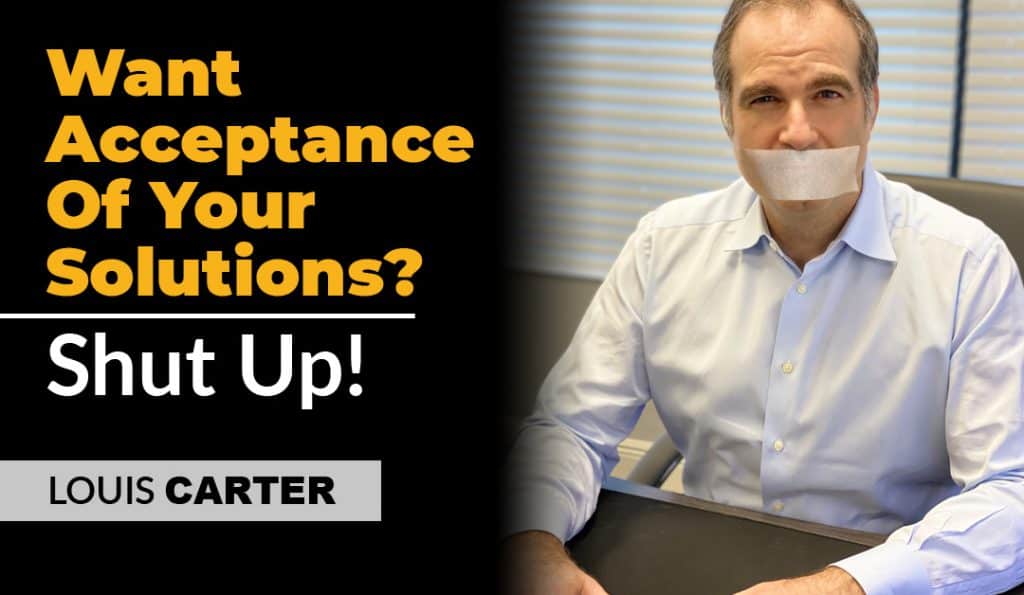
Leaders in the workplace often struggle with gaining acceptance for ideas or solutions to problems. It does not matter if your ideas are brilliant if they are not accepted and implemented well. So what is
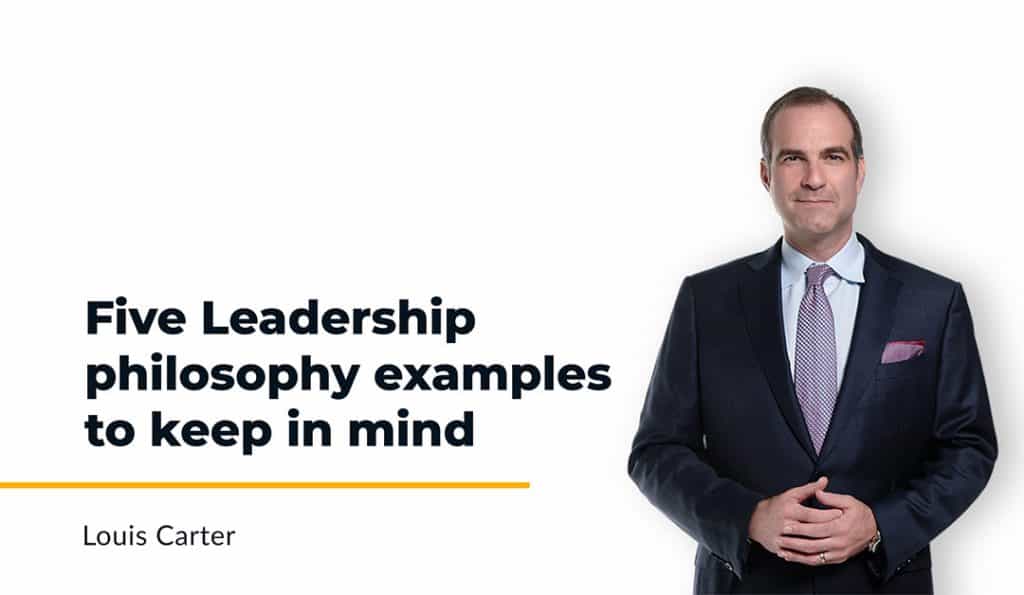
Use our tools, guides, and processes to develop, assess, and become even more successful in living your leadership philosophy. We have helped over 42,000 accomplished leaders become more effective through our leadership philosophy process. A